Aeropuerto de Gwangju (광주공항)
18.6Km 2021-03-05
Sangmu-daero 420-25, Gwangsan-gu, Gwangju.
El Aeropuerto de Gwangju, la mayor terminal aérea de la región de Honam, se localiza a unos 5,8 km del oeste del Ayuntamiento de Gwangju. El aeródromo de Gwangju fue construido en Hak-dong el 16 de noviembre de 1948, y el primer avión privado (un DC-3) llegó el 10 de febrero de 1949. El aeropuerto se trasladó a su actual localización el 10 de enero de 1964, después de la construcción de todos los servicios para pasajeros como la terminal y el estacionamiento de taxis. Desde 1990, el aeropuerto es administrado por la Corporación de Aeropuertos de Corea y ahora consiste de una terminal de pasajeros, una terminal de carga, una pista, un carril de taxis, una rampa de estacionamiento y un estacionamiento con capacidad para 933 coches.
Complejo Recreativo Jisan (지산유원지)
18.6Km 2025-06-16
Jiho-ro 164-beongil 23, Dong-gu, Gwangju
Festival del Eoksae de Seochang en Gwangju (광주서창억새축제)
18.6Km 2024-08-28
Seochangduk-gil 377, Seo-gu, Gwangju
062-350-4792
3917 Majung / 3917 마중
18.7Km 2025-08-13
42-16, Hyanggyo-gil, Naju-si, Jeollanam-do
Located in Gyo-dong, Naju-si, Jeollanam-do, 3917 Majung is a cultural space combining a hanok (traditional Korean house) cafe, modern cultural experiences, and hanok guesthouse. The name “3917 Majung” refers to its goal of “welcoming (majung) the modern culture of Naju in 1939 anew in the year 2017.” Spread out on a wide land area of 13,223 m2 are four buildings of Nanpajeong, Sarangchae, Mokseowon, and Siseoheon. All buildings take after the unique combination of Japanese- and Western-style housing commonly seen in the late Korean Empire period.
Nanpajeong is a pavilion constructed during mid-Joseon period, named after its most famous guest Jeong Seok-jin (pen-name: Nanpa), a scholar who led an uprising against Japanese imperialism in late Joseon period. There are two ondol (under-the-floor heating system) rooms in total, separated by a central wooden-floor hall (daecheong), one supporting 3 to 4 guests, one ideal for 2 to 3 guests. The restroom, which is also fitted with a shower booth, is located outside the building.
Eunhaengmok Room 1 and 2, which are housed in the Sarangchae building, are tatami rooms with balcony. Sarangchae’s shower and restroom is located in the building. Mokseowon is likewise made up of three tatami rooms, separated by open floor space and an attic. The shower and restroom is located outside the building. Siseoheon houses a 4-person room and the largest room in the complex, capable of supporting more than 10 guests. There are 2 restrooms and 2 restrooms with shower facilities, making the building ideal for group events.
Kkum Brewery (꿈브루어리)
18.7Km 2025-06-27
Donggyecheon-ro 95-beongil 18-15, Dong-gu, Gwangju
Yeoro (Sansu-dong Hanok Experience Hall) (여로(산수동 한옥체험시설))
18.8Km 2025-07-23
16-17, Donggye-ro, Dong-gu, Gwangju
Yeoro is a hanok guesthouse in a quiet residential part of Sansu-dong, Gwangju. The guesthouse has four ondol rooms, all equipped with a toilet and refrigerator. There is a shared washing machine (free of charge) in an outside bathroom. For breakfast, home-made sweet pumpkin porridge is served. Guests can take part in traditional crafts such as red clay dyeing, making injeolmi ricecakes or gangjeong puffed rice, and pressed-flower hand mirror making. Visitors’ cars can be parked in a nearby public parking lot.
Calle Geumnam-ro (금남로)
18.8Km 2025-06-12
Geumnam-ro, Dong-gu, Gwangju
Mercado Daein de Gwangju (Mercado de Arte Daein) (광주 대인시장 (대인예술시장))
18.8Km 2023-11-14
Jebong-ro 184-beongil 9-10, Dong-gu, Gwangju.
Abierto en mayo de 1959, originalmente fue un mercado público municipal. Con el traslado de la terminal de autobuses y la estación de metro que estaban en las cercanías, la concurrencia menguó. Después de un período de decadencia, en 2008 se lo convirtió en un mercado de arte gracias al Proyecto Bukdeokbang. Los locales vacíos se llenaron de obras de arte y su apariencia cambió radicalmente.
Mercado Nocturno Namdo Dalbam (남도달밤야시장)
18.8Km 2024-11-11
Jebong-ro 194-beongil 10, Dong-gu, Gwangju
062-233-1420
Gaemagowon (개마고원)
18.9Km 2024-12-27
Sangmu-daero 1094, Seo-gu, Gwangju

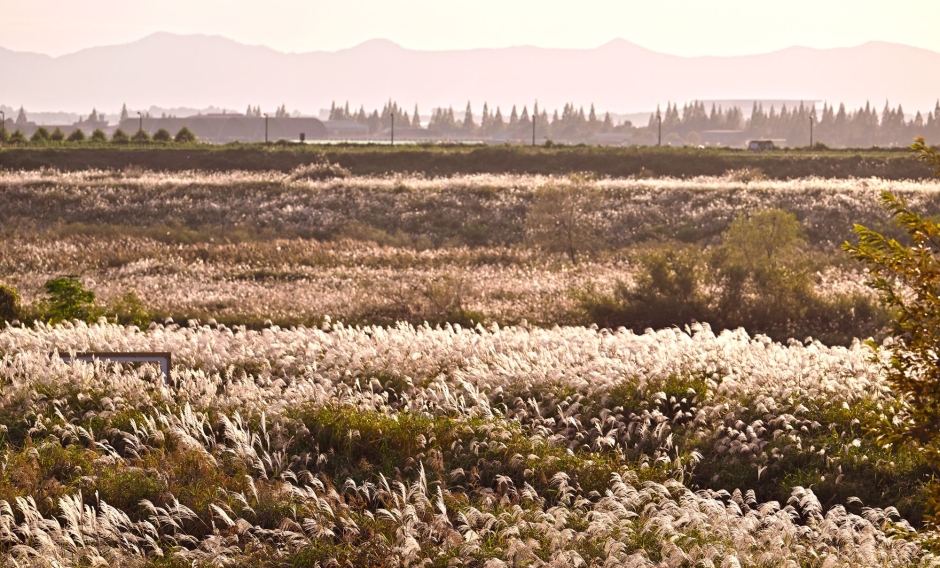
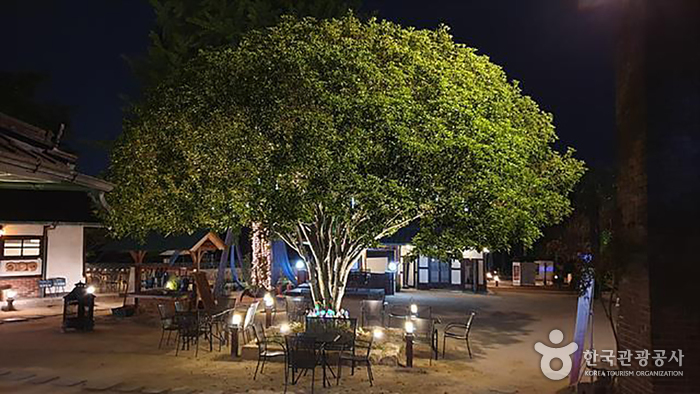
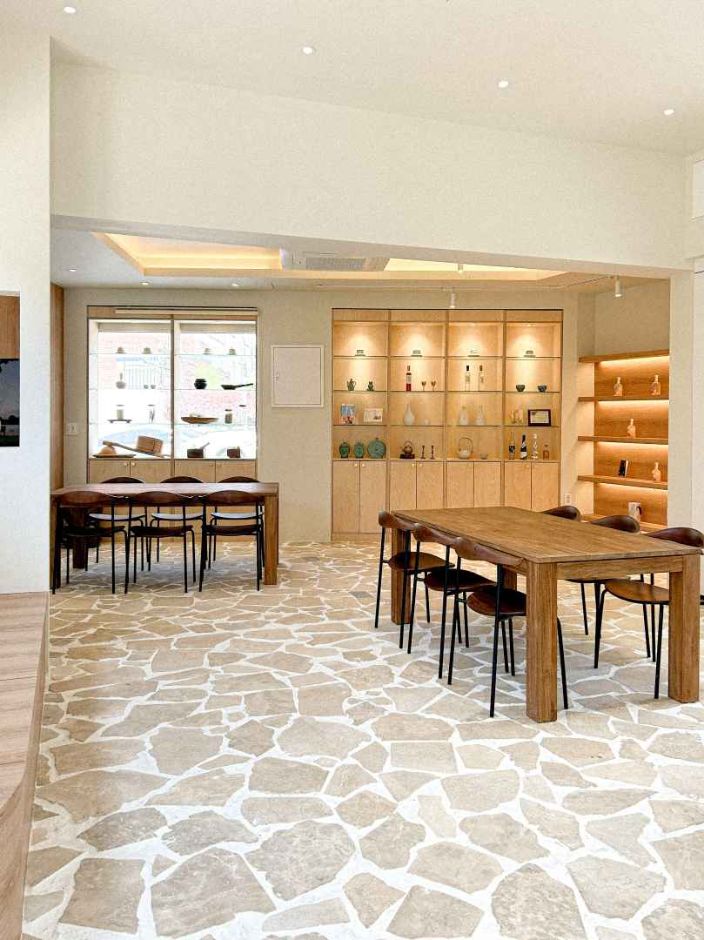
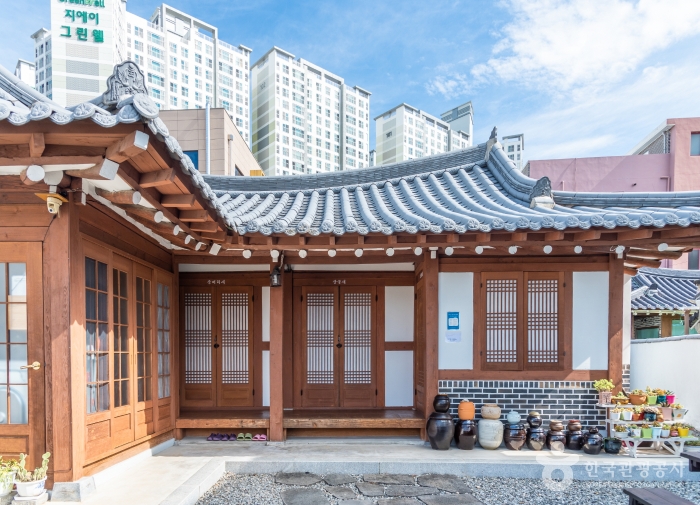
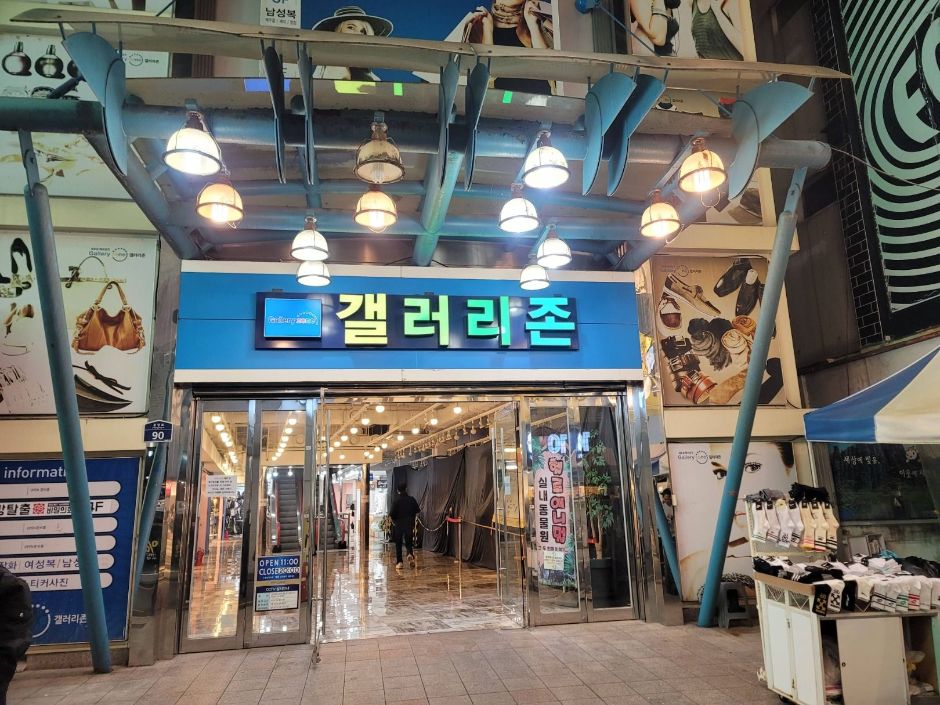
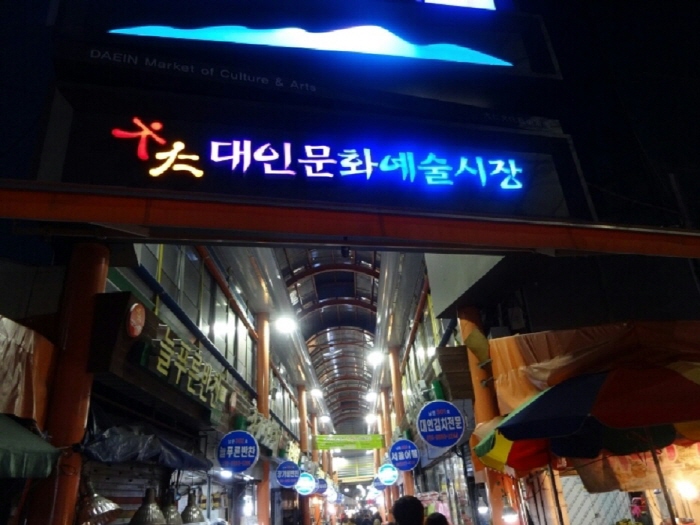
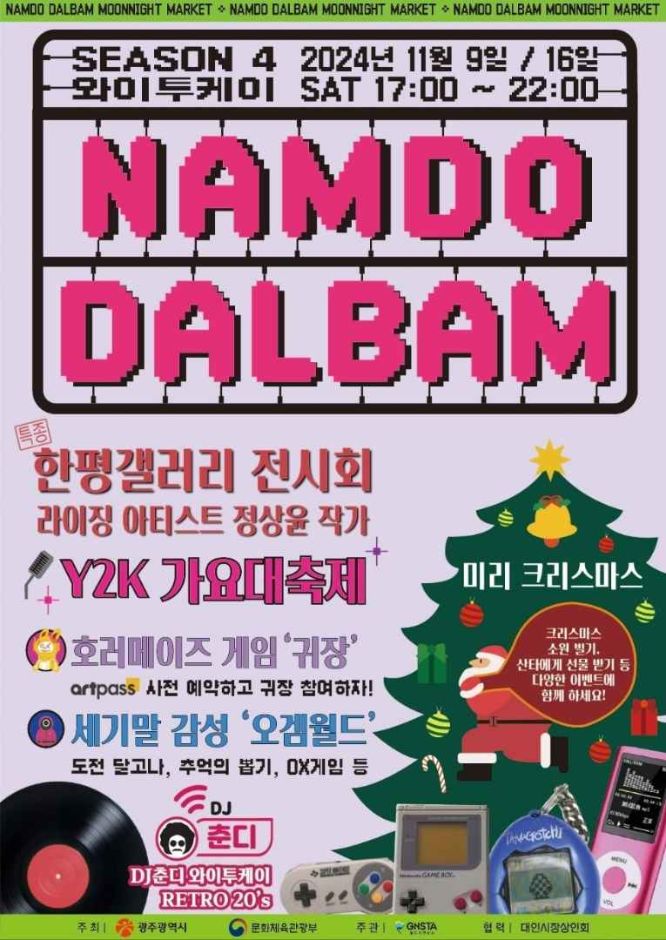
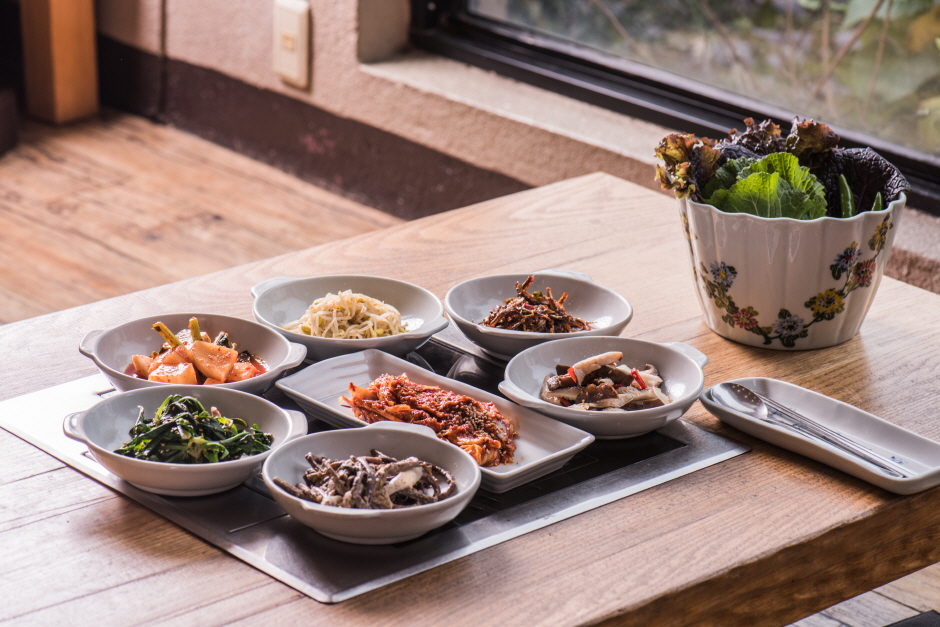
 Español
Español
 한국어
한국어 English
English 日本語
日本語 中文(简体)
中文(简体) Deutsch
Deutsch Français
Français Русский
Русский